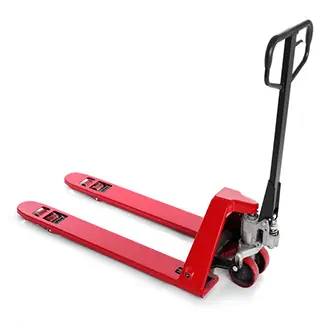


The Versatility and Utility of One Ton Chain Block
In various industries, the need for efficient lifting and loading mechanisms is paramount. Among the tools that have become indispensable in this domain is the one-ton chain block. These robust devices are known for their reliability and effectiveness in lifting heavy loads, making them essential in construction, manufacturing, and even automotive applications.
A one-ton chain block, also known as a block and tackle or a chain hoist, is designed to lift loads weighing up to one ton, or approximately 2,200 pounds. Its construction typically includes a heavy-duty steel frame, a lifting hook, a chain, and a ratchet mechanism that allows for controlled lifting and lowering. The design is straightforward yet effective, enabling users to lift heavy items with minimal effort.
The Versatility and Utility of One Ton Chain Block
The versatility of the one-ton chain block cannot be overstated. It can be used in various settings, from lifting engines in automotive shops to moving heavy materials in warehouses. In construction, chain blocks are often used to suspend items like beams and trusses, facilitating the complex job of building infrastructure. Their portability and ease of use make them ideal for both temporary setups and permanent installations.

Maintenance of a one-ton chain block is relatively simple, contributing to its popularity. Regular checks are essential to ensure that the chain is lubricated, the hooks are not worn or damaged, and that the entire mechanism functions smoothly. With proper care, these devices can last for many years, providing excellent value for the investment.
Moreover, the one-ton chain block is also a cost-effective lifting solution. Compared to electric hoists or cranes, chain blocks are generally more affordable, making them accessible for small businesses and DIY enthusiasts alike. This affordability, combined with their efficiency, makes them an attractive option for many users.
Safety is also a critical aspect of using a one-ton chain block. Like all lifting tools, proper training and adherence to safety protocols are essential. Users should be educated about the load capacity and must ensure that the load is evenly distributed to prevent accidents. The use of safety equipment, such as gloves and helmets, is also recommended to protect individuals during operation.
In conclusion, the one-ton chain block is an essential tool in various lifting applications. Its mechanical advantage, versatility, ease of maintenance, cost-effectiveness, and safety features make it a favorite among professionals and hobbyists alike. Whether in the bustling environment of construction sites or the controlled setting of a workshop, the one-ton chain block proves time and again to be a reliable ally in the world of heavy lifting. As industries continue to evolve, the importance of such tools remains steadfast, highlighting the enduring role of traditional mechanical devices in modern operations.



